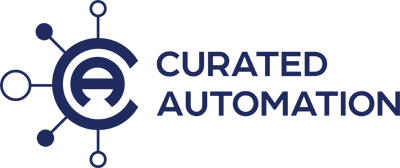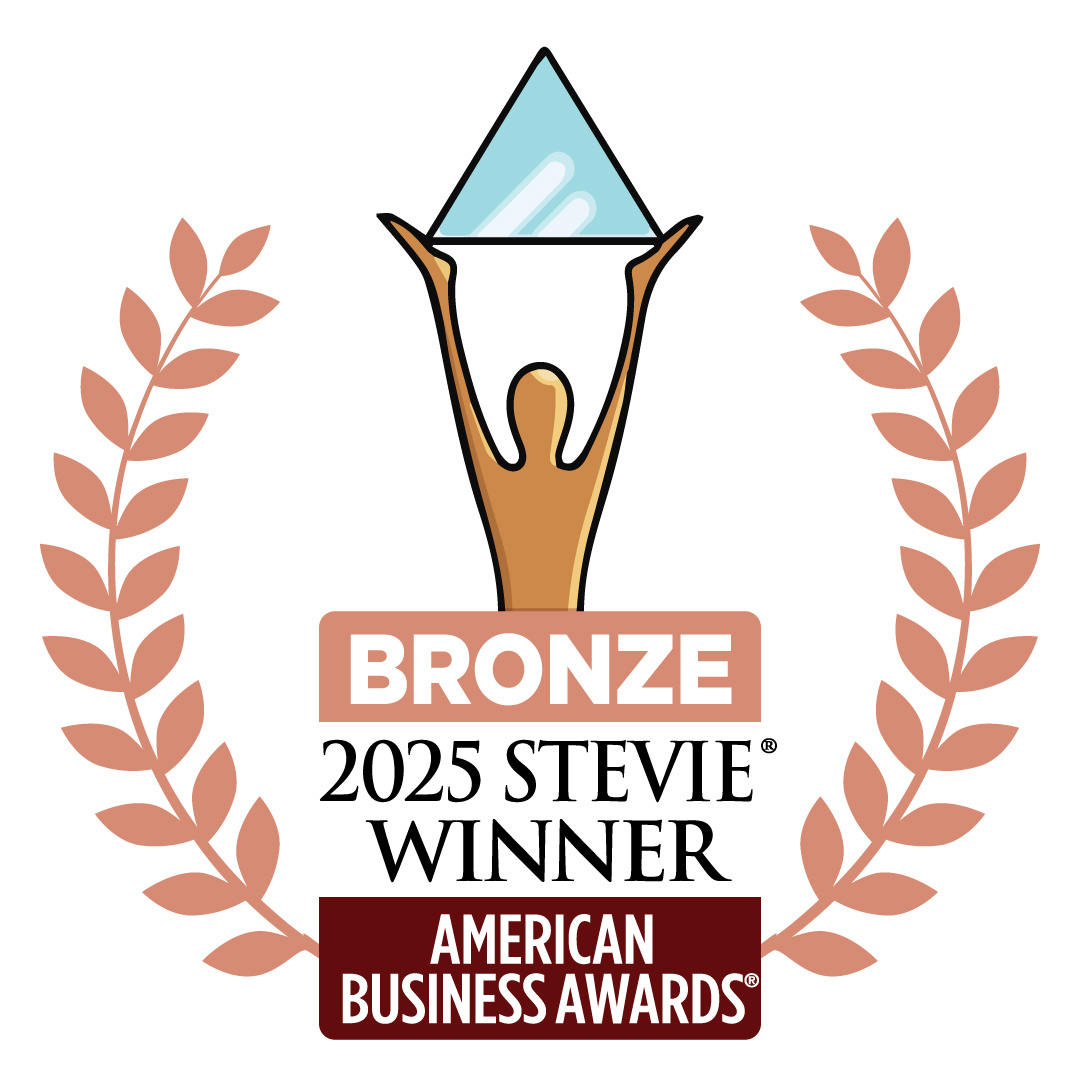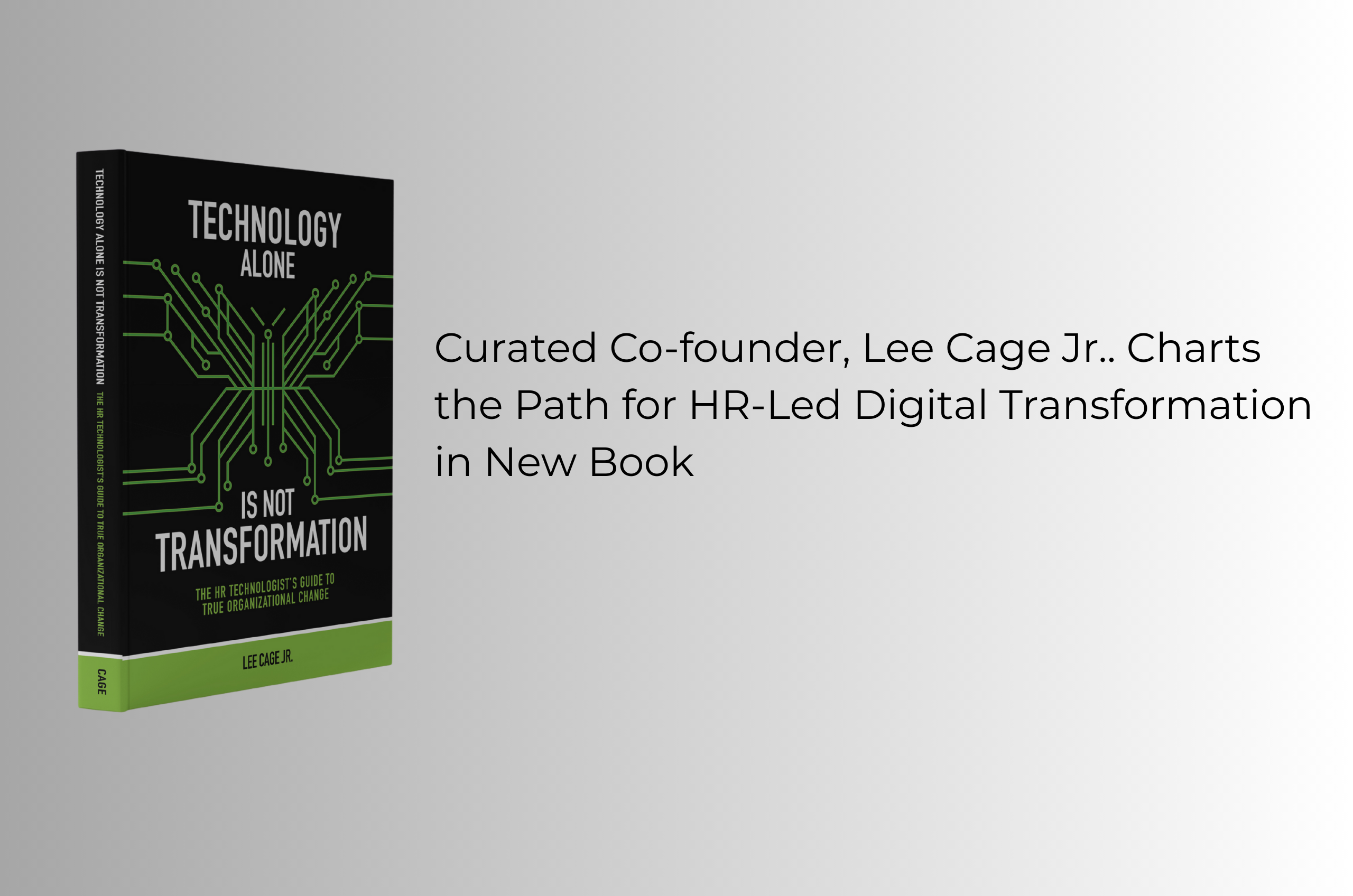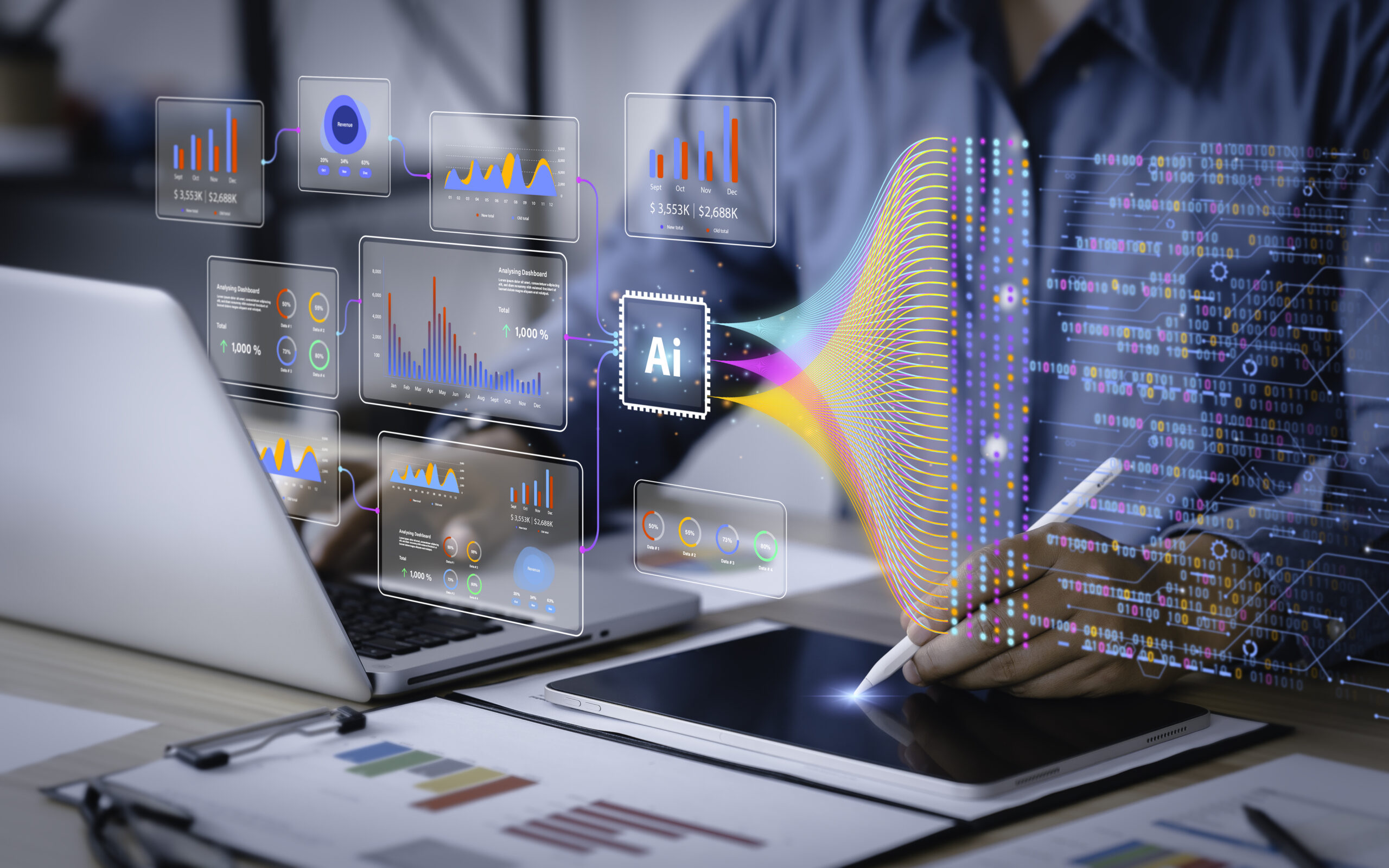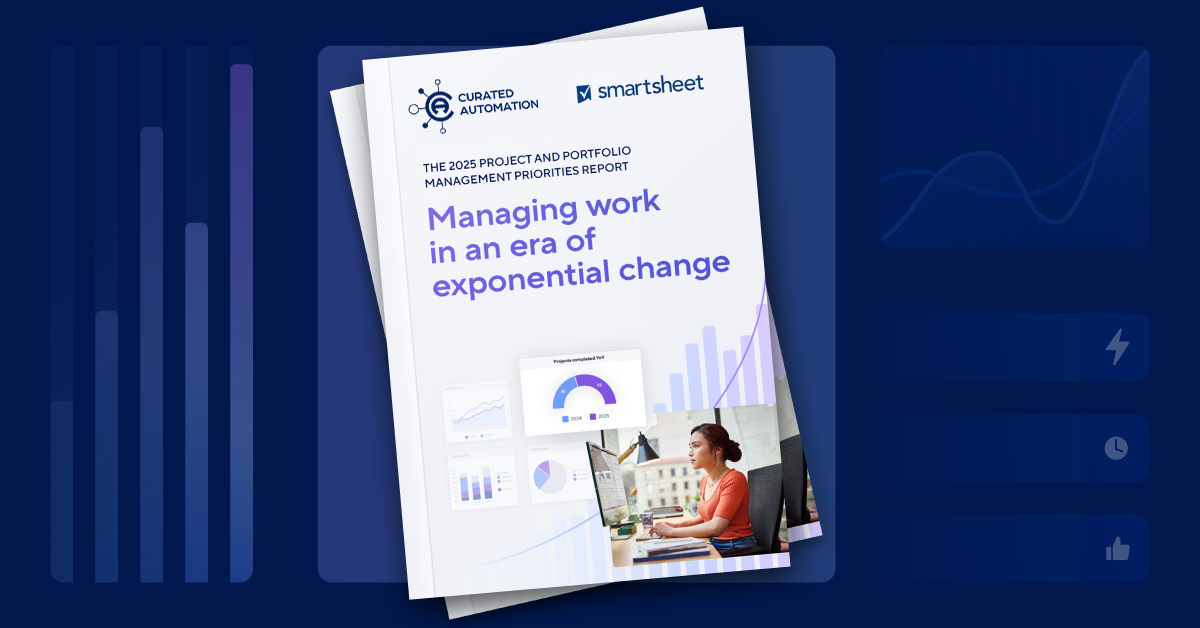Technology and Human Potential: How Disruption Drives Opportunity

As technology evolves at an unprecedented pace, organizations have new opportunities to elevate humanity in work by automating workflows and redesigning the work that humans perform. In an era driven by constant disruption, the concept of curated automation has emerged as a blueprint for enabling humans to perform at their highest potential. This thoughtful integration of technology focuses on amplifying human capabilities rather than replacing them, fostering an environment where efficiency, creativity, and innovation thrive.
Curated automation is the thoughtful deployment of technology designed to complement human effort. It is not automation for its own sake but a strategy that preserves human oversight while maximizing the power of technological efficiencies. When implemented effectively, this approach transforms the workplace into a collaborative ecosystem where humans and machines work in harmony. Employees retain control over critical processes while benefiting from tools designed to eliminate repetitive tasks, freeing them to focus on strategic, creative, and value-driven work.
One of the most compelling applications of curated automation lies in performance management. Artificial intelligence (AI) can provide predictive analytics to identify talent gaps, forecast performance trends, or highlight areas needing improvement. For instance, AI-driven tools can analyze workforce data to predict which roles are at risk of burnout or which teams might benefit from additional resources. However, the final decisions—those requiring empathy, intuition, and a deep-understanding of team dynamics— remain firmly in the hands of managers. This human-driven decision-making ensures that critical factors such as individual employee potential and team morale are not overshadowed by data-driven insights alone (Kesavaraj, 2024).
Beyond performance management, curated automation enables humans to elevate their contributions by empowering them to focus on complex problem-solving, innovative thinking, and meaningful collaboration. For example, in industries ranging from healthcare to engineering, advanced technologies like machine learning and robotics handle repetitive or data-intensive tasks. Surgeons can rely on robotic systems for precision in procedures while dedicating their expertise to decision-making and patient care. Similarly, engineers can use predictive algorithms to optimize designs, spending more time innovating and less time troubleshooting. By offloading routine work, automation creates space for human ingenuity to engage in what they do best: thinking creatively, leading decisively, and solving problems that remain beyond the reach of machines.
The synergy of human and technology drives productivity and redefines the role of the human workforce as an indispensable element in organizational success. It shifts the narrative from one of replacement to one of enhancement, reinforcing the idea that technology’s true power lies in its ability to elevate human effort. Organizations that embrace this approach will position themselves as leaders in a world increasingly shaped by technological disruption, enabling their employees to operate at peak efficiency while fostering ensured innovation and resilience.
The greatest strength of curated automation is its potential to amplify human potential. By integrating technology thoughtfully, organizations can achieve new levels of efficiency and adaptability without compromising the irreplaceable contributions of their people. As we continue to navigate a rapidly changing technological landscape, it is this partnership between humans and machines that will define the future of work. It is this symbiotic relationship between humans and machines that will define success rather than becoming a force of displacement.
Conclusion
Change brings opportunity. The next phase of technological advancement driven by AI holds immense potential for human productivity and creativity to thrive by redefining how work is performed, accelerating innovation, and engaging workers in the highest-level work.
